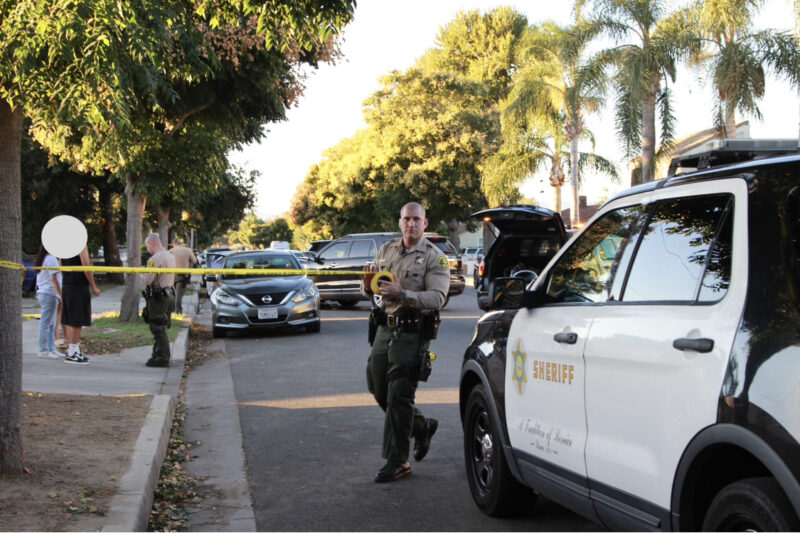UPDATE: Tanzania’s President Samia Suluhu Hassan was sworn in on October 30, 2025, at a tightly controlled ceremony in Dodoma, following a highly contested election that ignited deadly protests across the nation. This event is marked by heightened tensions and significant unrest, as major opposition candidates were barred from participating.
The swearing-in took place in a government venue, a stark contrast to previous ceremonies held in crowded stadiums. Only invited guests were allowed, reflecting the ongoing unrest. In the commercial capital Dar es Salaam, streets were eerily quiet, with gas stations and grocery stores closed, as many residents stayed home amid fears of violence.
The October 29 elections were marred by chaos, with demonstrators taking to the streets to reject the results and call for the counting of votes to cease. The military was deployed in major cities to assist police in quelling the riots, which have already resulted in reports of at least 10 confirmed deaths in various regions, according to the United Nations.
“These results have no basis in reality, as the truth is that no genuine election took place in Tanzania,” stated the Chadema Party following their rejection of the election results.
Internet connectivity has been severely disrupted across Tanzania, complicating communications and travel. The government has postponed the reopening of universities, originally scheduled for November 3, due to the escalating situation. Opposition leader Tundu Lissu, currently imprisoned on treason charges for advocating electoral reform, has become a focal point for protests against the government.
International leaders, including the presidents of Mozambique, Zambia, Burundi, and Somalia, attended the swearing-in ceremony, highlighting the political significance of this moment. Meanwhile, Kenya’s President William Ruto called for peace and dialogue among Tanzanians to ensure national stability.
As the situation unfolds, the closure of the border crossing with Kenya at Namanga due to the unrest is causing agricultural goods to rot in trucks, underscoring the economic impact of the violence. The Tanzanian government has yet to provide an official count of casualties from the protests, leaving many families in uncertainty.
This developing situation is one to watch closely. With tensions still running high, further protests could erupt as citizens demand accountability and transparency in their electoral process.
Stay tuned for more updates as this story develops. The implications for Tanzania’s political landscape and stability are profound and could resonate throughout the region.







